Portable solar generators have become a helpful and sustainable power source in a world where electricity is needed for day-to-day activities and emergencies. They are small devices that generate and hold power from the sun’s rays, which makes them a practical substitute for gas-power generators.
Let’s say you’re seeking a dependable source of energy for outdoor recreation, a backup for a blackout, or an enduring alternative to a gas-powered generator. In such cases, investing in a portable solar power generator is a sound idea. They are now a popular alternative to conventional generators that emit carbon emissions, produce ear-splitting sounds, and often need fuel. Solar generators, however, offer a clean, silent, sustainable power source that is easily available everywhere.
However, how do solar generators work? What is the essential difference between them and other types of generators? What are the factors to consider before you buy one? All these and more are packed in this article on portable solar power stations. We will be looking at their components, how they operate, and buying factors.
What Is a Portable Solar Generator?
Portable solar generators harness sunlight, convert it to electrical energy, and store that energy for later. Unlike traditional fuel-powered generators, which usually run on diesel or gasoline, solar generators use clean, renewable energy. Normally, these solar generators include solar panels, a battery, an inverter, and some output ports to power electrical devices.
You can use portable solar power generators for electricity without worrying about noise pollution or maintenance of fuel supply. They are also ideal for anyone who needs an eco-friendly portable power station solution, and homeowners who want to prepare for emergencies, as well as campers.
Many people are looking for do-it-yourself portable solar generator projects because they are interested in renewable energy. While you can build your own solar generator from separate components, factory-built generators are easier to use and get more output for their size.
How Does a Solar Generator Work?
The workings of a portable solar generator are relatively easy to understand:
- Solar Energy Capture – The generator incorporates solar panels that capture sunlight and convert it into DC electricity through photovoltaic (PV) cells.
- Power Regulation – The charge controller regulates the proper amount of current to be supplied to the battery. It protects against overcharging and overheating of the battery.
- Energy Storage – The electricity produced is then stored in a rechargeable battery that can be used even after sunset.
- Power Conversion – The inverter converts direct current (DC) power into alternating current (AC) energy so it can power almost any electronic device.
- Device Usage – Users can connect their devices to different outlets, such as AC sockets, USB ports, or DC outputs.
Portable solar generators come in various capacities, depending on the solar panel, battery storage, and inverter quality. Some high-end models can power multiple devices at once and be used indoors and outdoors.
Difference Between Solar Generators and Other Generators

Portable solar generators provide a clean and renewable source of energy, but they are quite different than other forms of generators when it comes to energy production, fuel requirements, and the physical usability of the device. Let’s see how they compare against three common types of generators: gas-powered, diesel-powered, and inverter generators.
Solar Generators vs. Gas-Powered Generators
Conventional gas-powered generators consume fossil fuels for electricity production, which can be detrimental to the environment through harmful emissions and noise pollution. On the other hand, portable solar generators are noise-free and do not need fuel to run, meaning that they are very clean energy sources. However, gas generators can run continuously as long as there’s fuel, while solar generators rely on battery storage and sunlight availability.
Solar Generators vs. Battery Backup Systems
Battery backup systems store electricity from the grid, while solar generators create and store power without depending on the grid. Solar generators run on sunlight, thus providing greater energy independence and the ability to recharge, compared to backup generators. However, battery backup systems usually have much greater energy storage capacity and are often integrated into home power systems.
Solar Generators vs. Wind-Powered Generators
Wind-power generators work on wind turbines to generate energy, making them very useful for places where the wind blows continuously. Solar generators, on the other hand, are more convenient and portable since they can be utilized in numerous areas with little to no setup process. Wind generators tend to be larger and not portable, that’s why they are being used less for mobile or personal use.
Components of a Portable Solar Generator
A portable solar power generator is made of four main parts:
- Solar Panels – These panels capture sun rays and transform them into electrical energy. A generator works best when its solar panels are of high quality and size.
- Battery – The battery stores the converted energy for future use. Li-ion batteries have a longer life span, which is why most modern portable solar power stations come with them.
- Charge Controller – This device manages the flow of power from the solar panels to the battery, allowing for safe charging.
- Inverter – The inverter takes the stored DC power and turns it to AC power which can be used for household appliances and electronic items.
Things to Consider When Buying a Solar Generator
Choosing the best portable generator for home or outdoors is not an easy tasking process. Here’s what to look for:
Your Energy Consumption and Outlet Requirements
If you plan on buying a portable solar generator, first figure out what devices you want to power. Some generators are made for small electronics like phones and laptops; others can power appliances like refrigerators and medical devices.
Capacity
Solar generator capacity is measured in either watt-hours (Wh) or amp-hours (Ah). The more powerful the generator, the more energy it can store and the longer it can power your devices. So a 1000Wh generator can run a 100W device for 10 hours before it needs to be recharged.
Charging Speeds and Methods
You can recharge solar generators with solar panels, wall outlets, or car chargers. How quickly it gets charged depends on the wattage of the solar panel and the capacity of the battery. Some models support fast charging via AC power, which is useful when sunlight is limited.
Size and Weight
For camping, look for a lightweight, portable generator that is easy to pack. Some solar generators are small enough to fit inside a backpack, while others are larger and better for home backup power.
Lifespan and Warranties
The lifespan of solar generators is based on the number of charge cycles they have. Lithium-ion batteries have expected lifetimes between 500 and 2000 cycles—far more durable than lead-acid batteries. To guarantee yourself for a long-term reliability, always make sure to check the manufacturer’s warranty before making a purchase.
Price
Portable solar generators come in a wide range of prices, from around $200 to over $2000. More premium models feature larger battery capacity, faster charging, and extra output ports. Cheaper models may look appealing, but they tend to be less efficient and have shorter lifespans. Investing in a quality generator ensures better performance and durability.
Should You Invest In a Portable Solar Generator?
If you value clean, renewable energy, then investing in a portable solar power generator is a no-brainer. Here’s why it’s worth a thought:
- Environmentally Friendly – A solar generator emits no emissions as opposed to gas generators and decreases our reliance on fossil fuels.
- Silent Operation – It is ideal for camping, at home, and in emergencies without any noise.
- Low Maintenance – You rarely need any fuel refills or oil changes.
- Energy Independence – Useful during blackouts, off-grid living, and camping.
- Cost Savings – Solar generators save money over time because there is no fuel cost.
However, if you require a generator to run high-wattage devices, like A/C units and power tools, a gasoline generator or battery backup system is likely your better bet. Solar generators are best for moderate energy needs, and they are great for anyone needing a clean, portable power source.
Conclusion
A portable solar generator is a great alternative to traditional generators, as portable solar generators provide a quieter, cleaner, and renewable source of energy compared to traditional gas-powered generators. Sunlight is converted into electricity, stored in a battery, and sent to a device through an inverter, providing consistent, dependable power.
To buy the best portable generator for home or outdoor usage, you need to look for capacity, charging speed, portability, lifespan, and price. Portable solar generators are not going to replace the fuel-powered generators anytime soon, but are an excellent investment for individuals looking for an eco-friendly, portable source of energy.

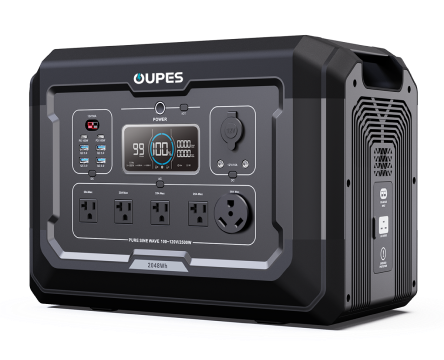
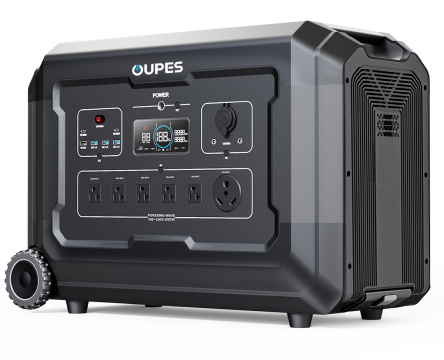

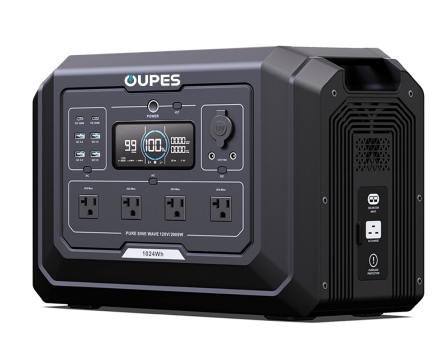
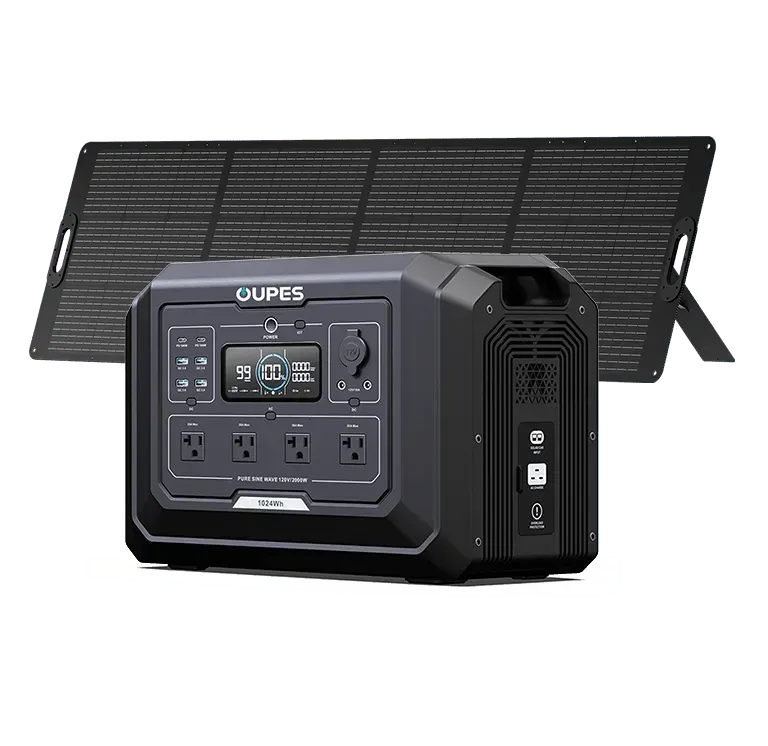
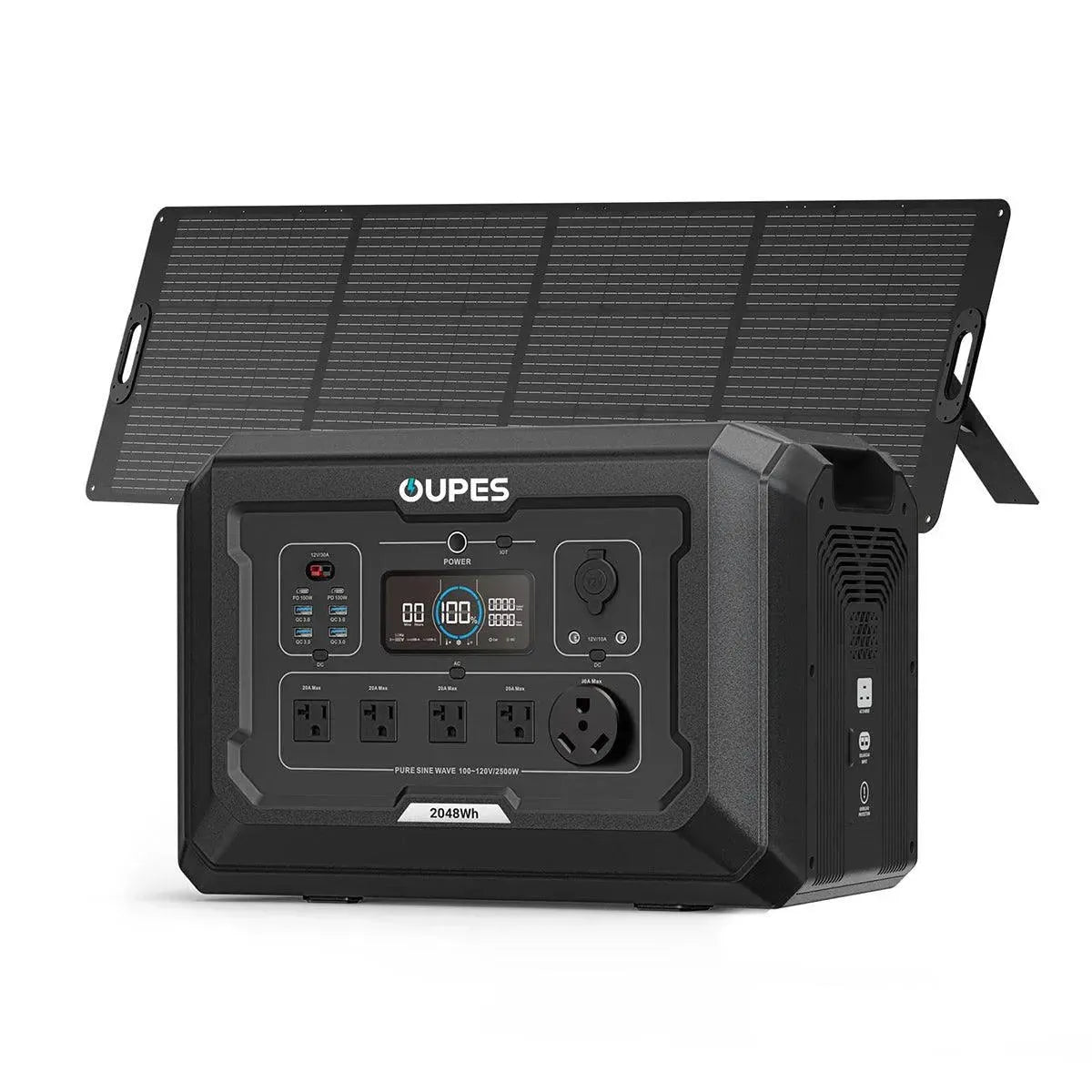
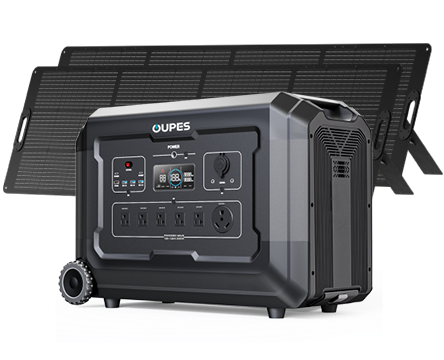
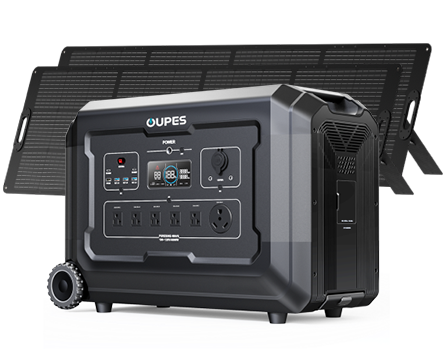
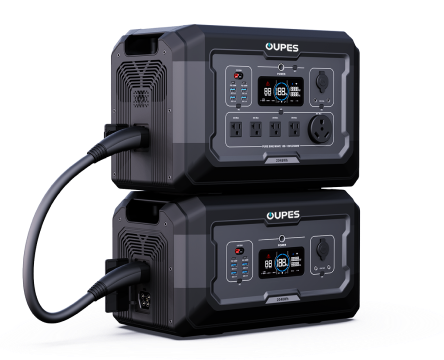
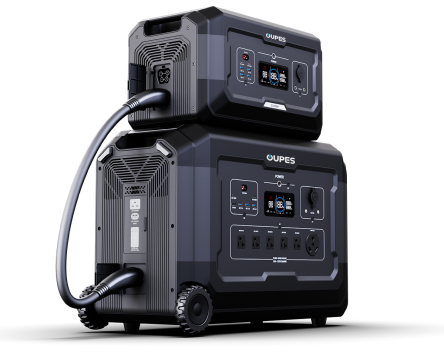
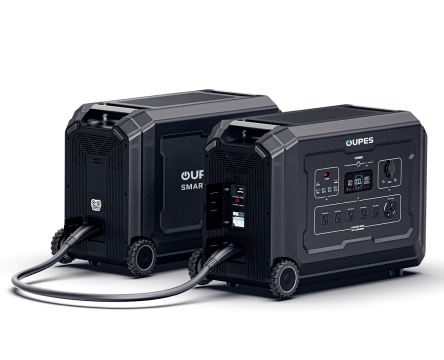

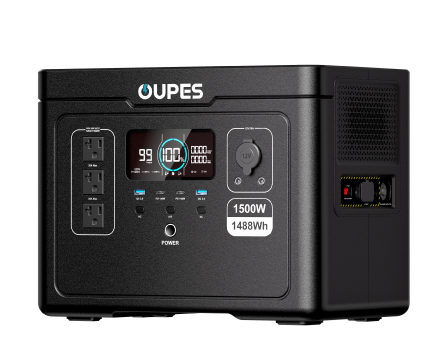
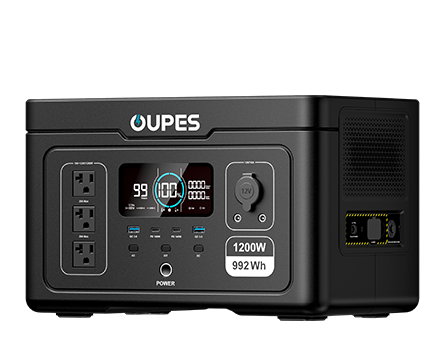
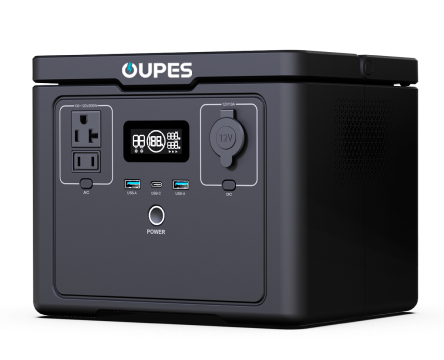
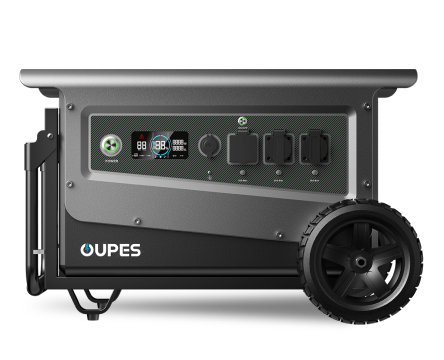
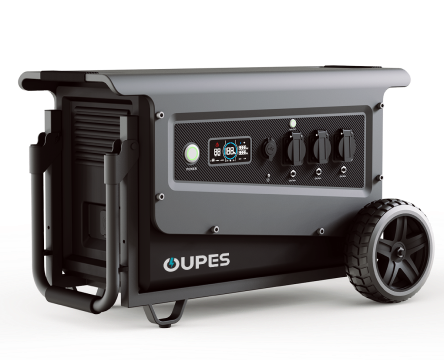
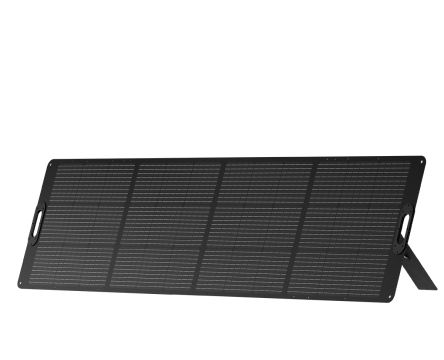

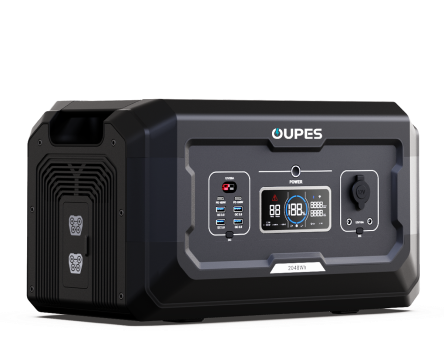
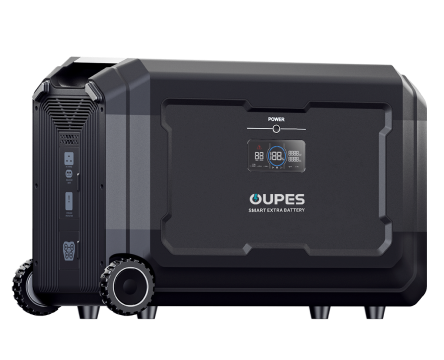
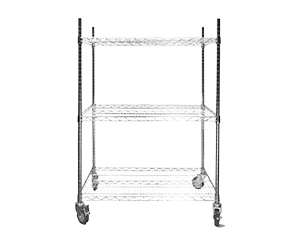
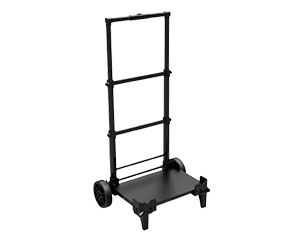

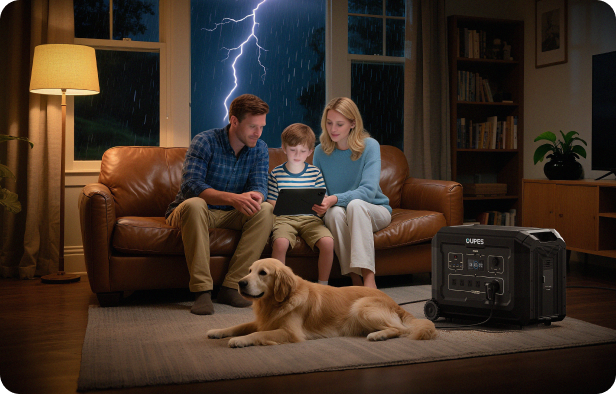

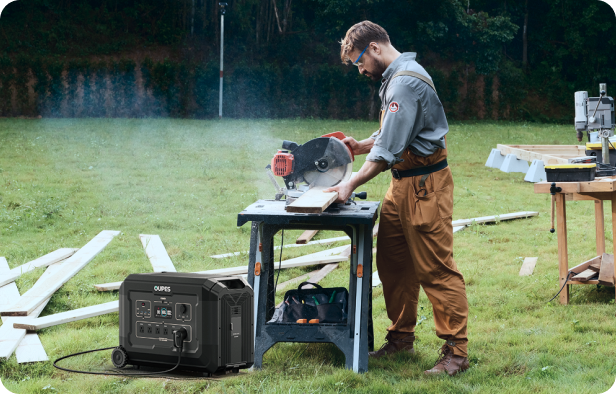
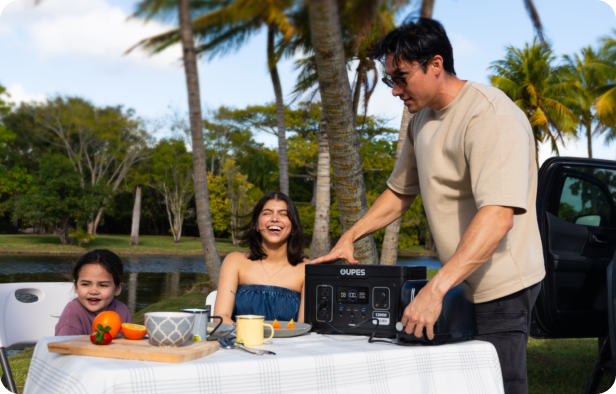
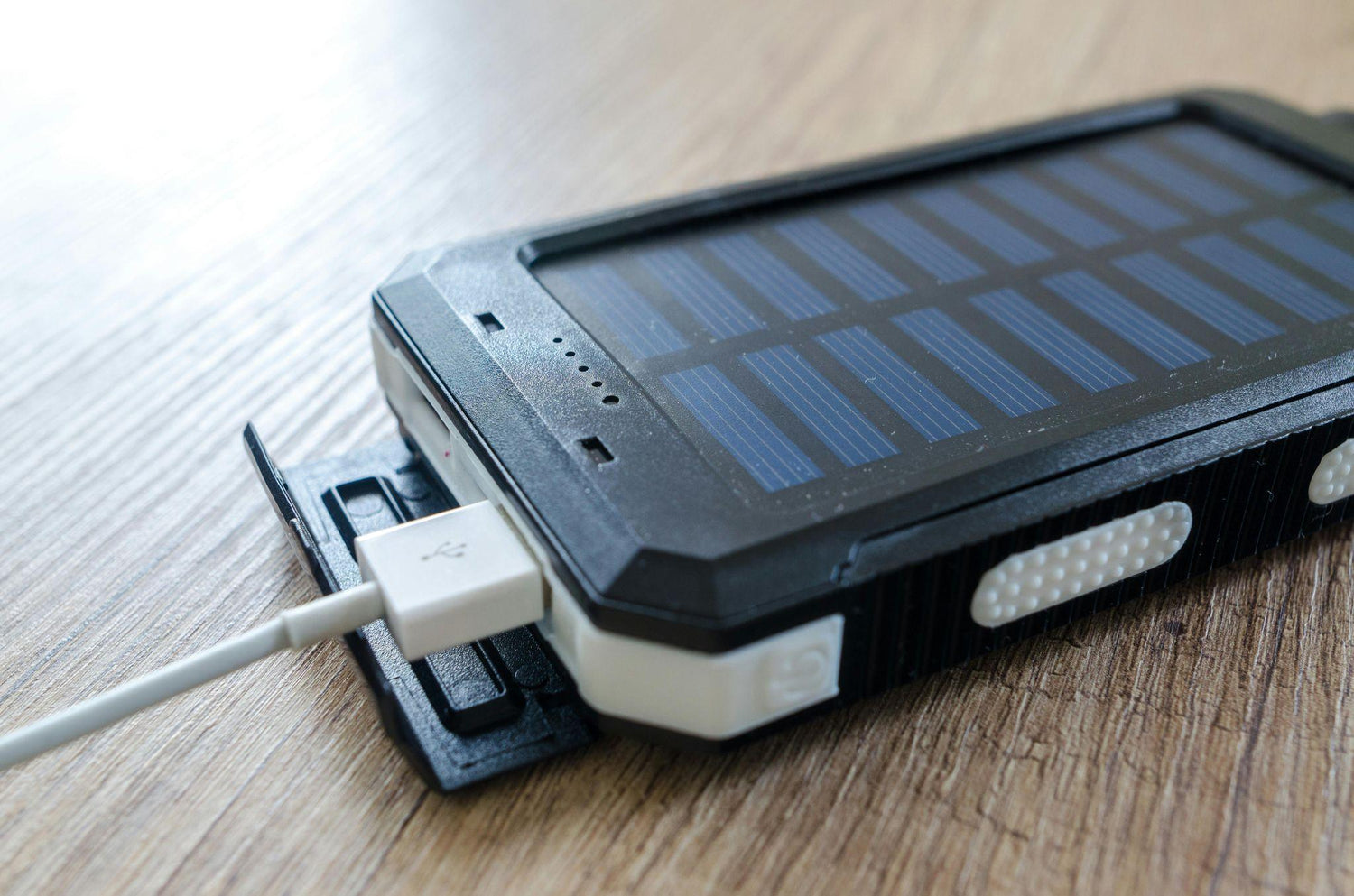
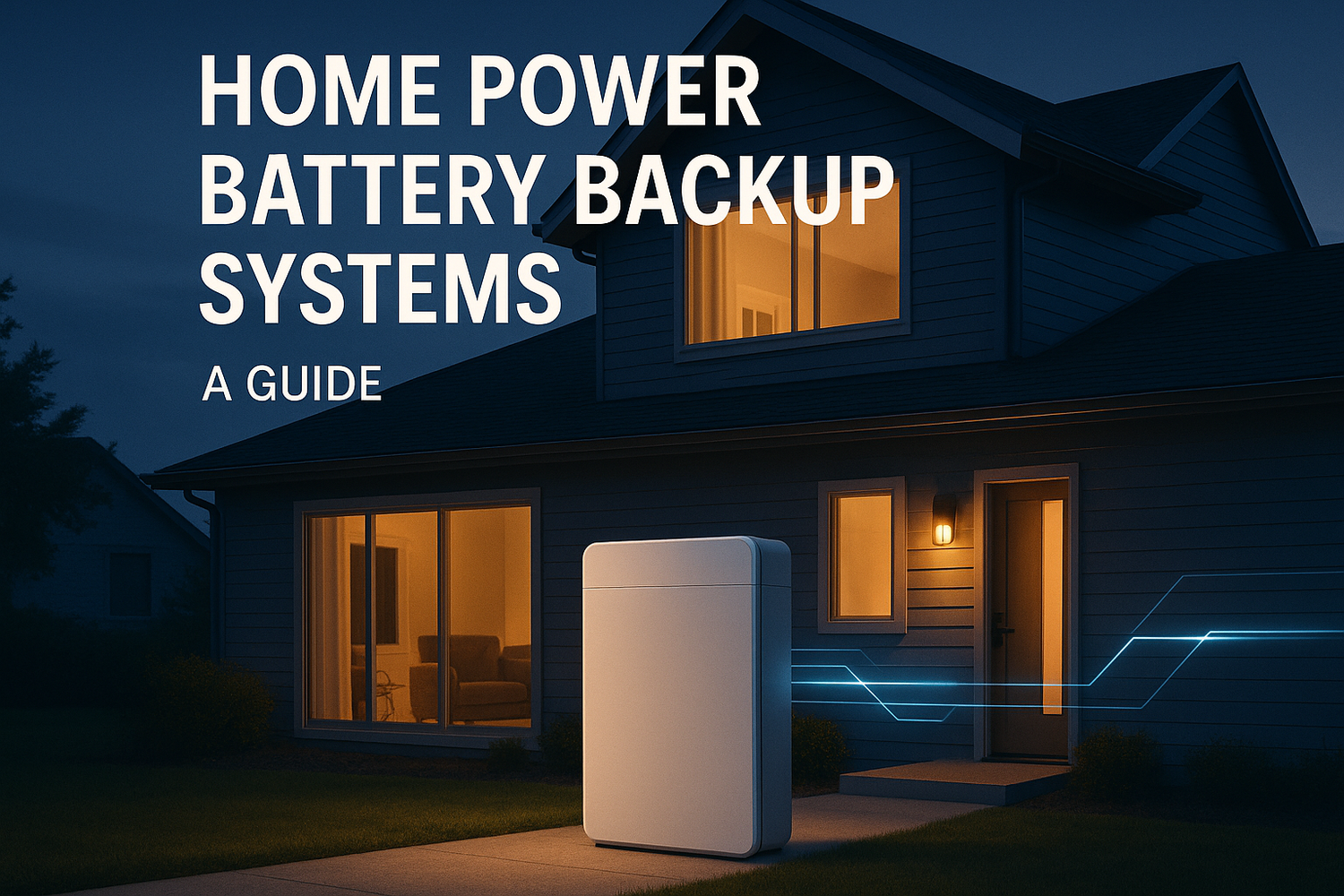


Leave a comment
This site is protected by hCaptcha and the hCaptcha Privacy Policy and Terms of Service apply.